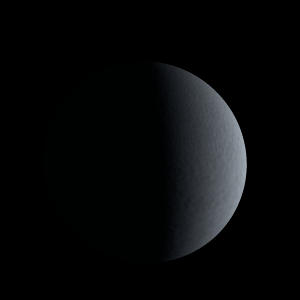|
|
Space Astro
|
Info for exoplanet "Iologe"
| Scientific (actual) data |
|---|
| Name | HAT-P-6 b |
| Planet status | Confirmed |
| Planet mass | 1.11 |
| Radius | 1.275 |
| Orbital period | 3.853 |
| Semi major axis | 0.0494 |
| Orbit eccentricity | 0 |
| Inclination | 84.6 |
| Angular distance | 0.000262 |
| Discovered | 2007 |
| Updated | 2024-08-05 |
| Tzero tr | 2458740 |
| Impact parameter | 0.68 |
| K | 115.5 |
| Temperature (kelvin) | 1723 |
| Publication | Published in a refereed paper |
| Detection type | Primary Transit |
| Mass measurement type | Radial Velocity |
| Radius measurement type | Primary Transit |
| Star name | HAT-P-6 |
| Right ascension | 354.78° |
| Declination | 42.47° |
| Mag v | 10.5 |
| Mag i | 10.6 |
| Star distance | 200 |
| Star metallicity | -0.13 |
| Star mass | 1.29 |
| Star radius | 1.46 |
| Star sp type | F |
| Star age | 2.3 |
| Star temperature | 6570 |
| Wikipedia article | HAT-P-6 b |
Back
| |
| Fictional info (?) |
|---|
| Suggested name | Iologe |
| Planet type | Hot gas giant |
| It is a hot gas giant planet with a mass one-thousandth that of HAT-P-6, but two-and-a-half times that of all the other planets in its solar system combined.
Having almost no atmosphere to retain heat, it has surface temperatures that vary diurnally more than on any other planet in its solar system, ranging from 105°K (-168°C) at night to 1050°K (777°C) during the day across the equatorial regions. |
| Atmosphere | Krypton | 46% |
| Ammonia | 38% |
| Carbon monoxide | 13% |
| Sulfur dioxide | 1.8% |
| Argon | 0.84% |
| Hydrogen peroxide | 0.12% |
| Atmospheric pressure | 50 bar |
 |
| No known satellites |
| Google search for Iologe |
|
Website by Joachim Michaelis
|
|
|
|